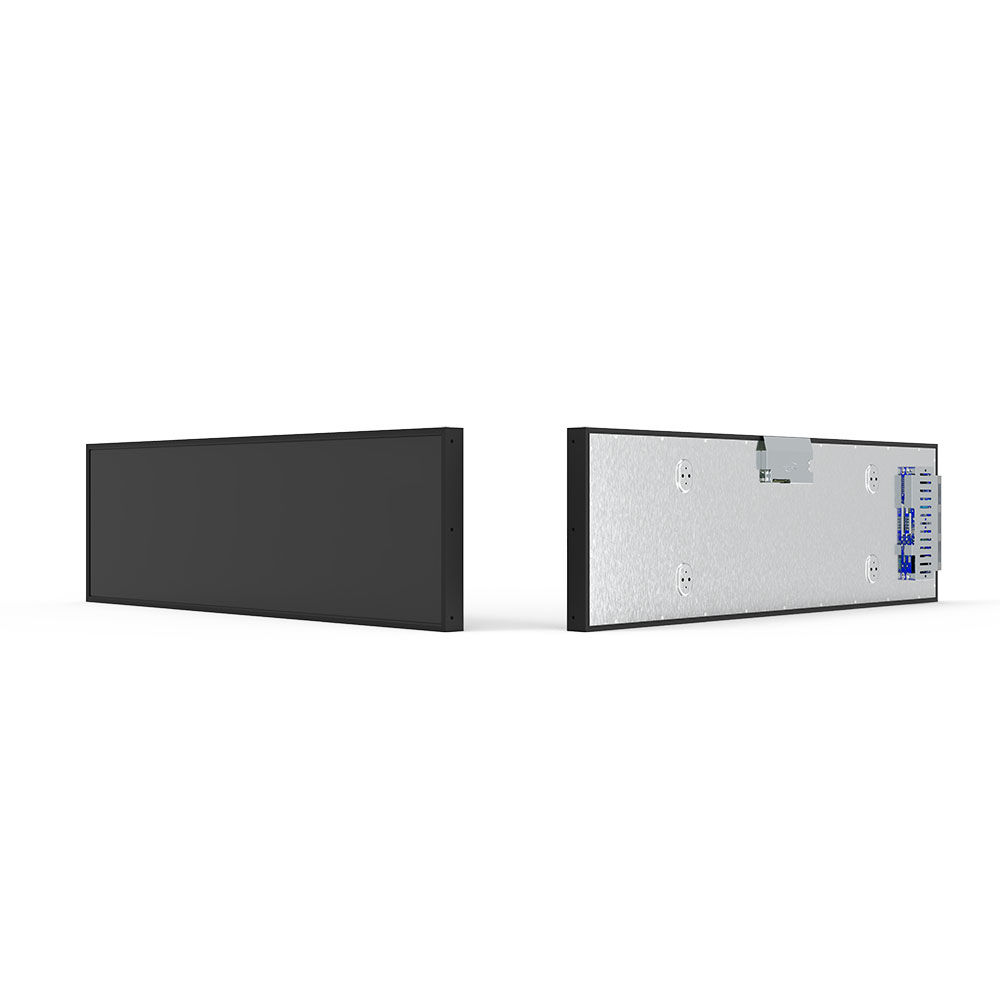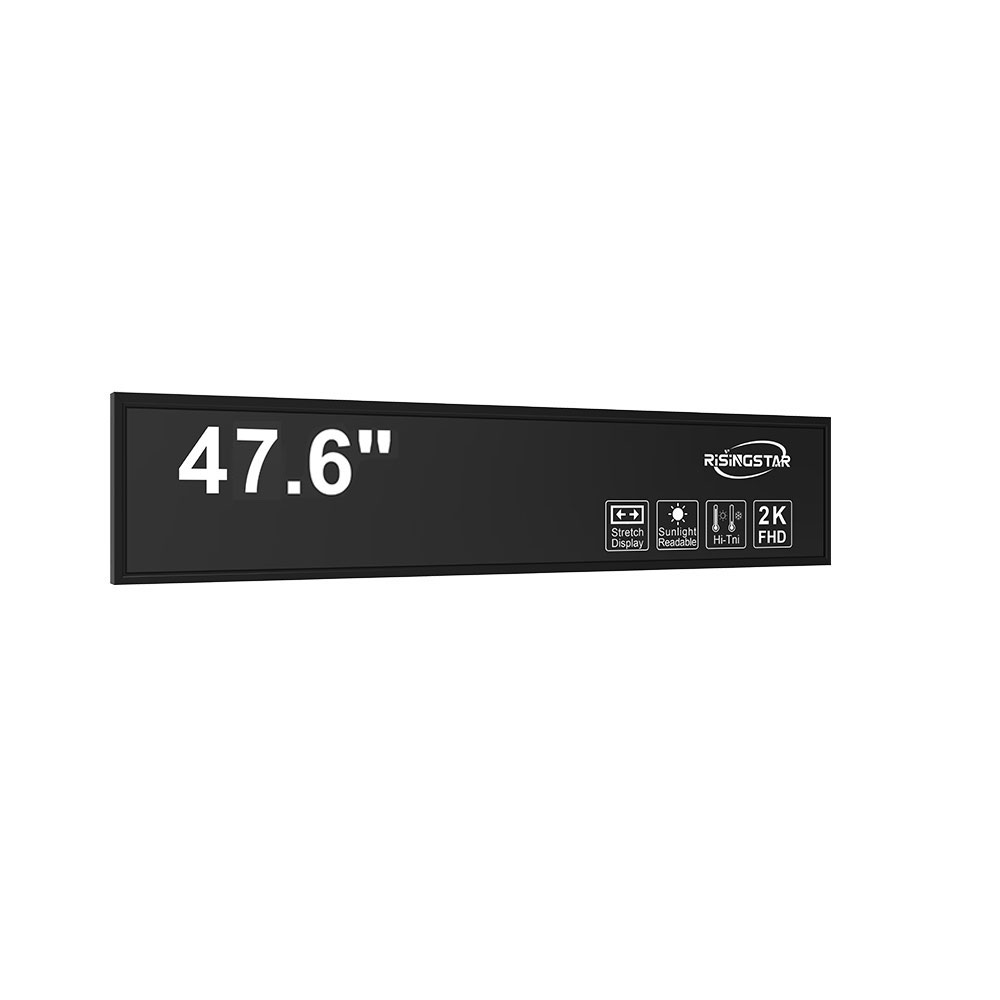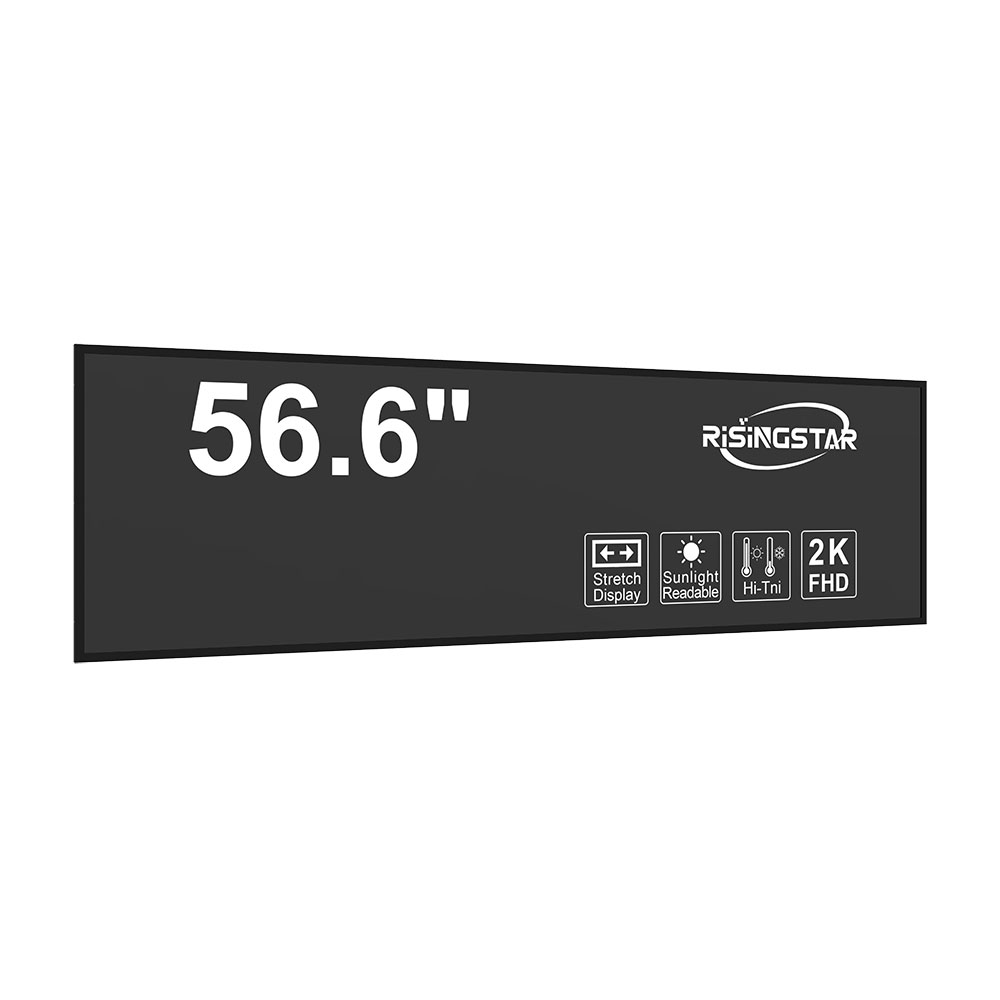- Home
- About Us
- Products
- News
- Video
- Contact
- Send Inquiry
Search
- Home
- About Us
- Products
- News
- Video
- Contact
- Send Inquiry

When connecting legacy devices to modern displays, understanding the differences between DVI and VGA adapters is critical for achieving optimal image quality, compatibility, and system performance. Both DVI (Digital Visual Interface) and VGA (Video Graphics Array) are widely used video interface standards, but they serve different technological eras and have distinct characteristics that impact real-world usage—especially in outdoor LCD screen applications, professional AV setups, and industrial monitoring environments.
VGA, introduced by IBM in 1987, uses an analog signal transmission method over a 15-pin connector. While it was revolutionary at the time, its analog nature makes it prone to signal degradation over longer cable runs and susceptible to electromagnetic interference. This results in lower resolution support (typically maxing out at 1080p at 60Hz), reduced color accuracy, and potential image blurriness or ghosting—issues that become especially problematic in high-brightness outdoor displays where clarity and contrast are paramount.
DVI, standardized in 1999, represents a significant upgrade by offering digital signal transmission. It comes in three variants: DVI-D (digital only), DVI-A (analog only), and DVI-I (integrated, supporting both). For outdoor LCD screens, DVI-D is the preferred choice because it delivers sharp, stable images without signal loss—critical for maintaining readability under direct sunlight. Industry benchmarks from DisplayPort and HDMI adoption studies (e.g., from VESA and Intel) show that DVI supports resolutions up to 1920x1200 at 60Hz, with some variants capable of 1080p at higher refresh rates, making it ideal for professional signage, kiosks, and digital billboards.

The practical challenge arises when users need to adapt between these interfaces—for example, connecting a legacy PC with only a VGA output to a modern outdoor LCD monitor that accepts only DVI input. A high-quality DVI-to-VGA adapter can bridge this gap, but not all adapters are created equal. According to IEEE standards and product testing by TechRadar and Tom’s Hardware, poor-quality converters often introduce latency, flicker, or color distortion due to improper analog signal regeneration. For mission-critical outdoor deployments—such as traffic monitoring systems or retail advertising—the use of active DVI-to-VGA adapters with built-in signal boosters is recommended to ensure reliability.
In addition, manufacturers like Dell, LG, and Samsung now include optional DVI inputs on many of their outdoor-rated displays, acknowledging the continued relevance of DVI in enterprise installations. However, for new projects, HDMI or DisplayPort is increasingly preferred due to better bandwidth efficiency and support for HDR. Still, for existing infrastructure relying on VGA sources (e.g., older security cameras, medical equipment, or industrial control panels), a well-engineered DVI-to-VGA adapter remains a cost-effective and technically viable solution.
Case studies from the European Digital Signage Association (EDSA) confirm that organizations using properly certified DVI-to-VGA adapters in public spaces report fewer maintenance calls and improved visual consistency compared to those using generic or unregulated adapters. In one instance, a city-wide bus stop information system in Berlin transitioned from VGA-only to DVI-compatible displays using certified adapters, reducing image corruption incidents by over 70%.

In conclusion, while VGA is largely obsolete for new installations, its widespread presence in legacy hardware ensures that DVI-to-VGA adapters will remain relevant for years. Choosing the right adapter—based on signal type, build quality, and intended application—is essential for ensuring image fidelity, durability, and long-term operational efficiency in any outdoor or commercial display setup.
